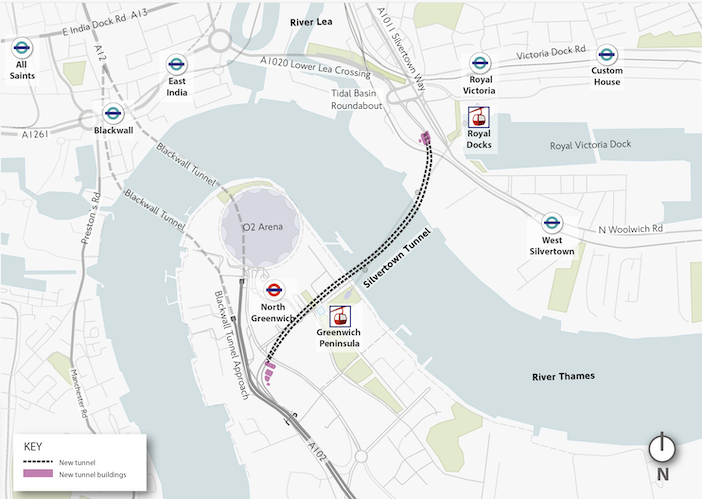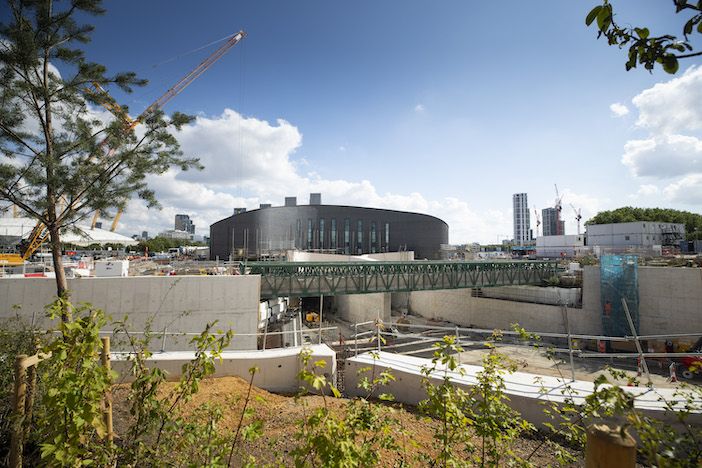With London’s new Silvertown Tunnel set to open to traffic in spring 2025, Transport for London (TfL) has unveiled plans for dynamic tolling rates, which it proposes being as low as £1.50 per crossing (US$2) off peak, but £4 (US$5) during rush hours, for cars.
The scheme, which will also apply to the existing Blackwall Tunnel, aims to address longstanding congestion issues in east London while introducing a range of discounts and exemptions to support local communities.
The tolling plan, first proposed in 2012, will see charges applied at both tunnels between 6am and 10pm, seven days a week. Large vans and heavy goods vehicles (HGVs) will pay more with the highest proposed charge being £10 for a peak crossing by an HGV.
“Without introducing tunnel user charges for the Silvertown and Blackwall tunnels, there would likely be high levels of traffic and congestion, which would lead to detrimental air quality impacts, as well as longer journey times,” says Christina Calderato, director of strategy at TfL.
However, not everyone will have to pay full price, the scheme includes provision for a 50% discount for low-income drivers in 12 east and south-east London boroughs, exemptions for taxis and disabled Blue Badge holders, and free cross-river bus and DLR travel in the area for at least one year to encourage public transport use.

“When it opens in 2025, the long-planned new Silvertown tunnel will help deliver quicker, more reliable journeys in east London by easing congestion and making journeys up to 20 minutes faster,” says Mayor of London, Sadiq Khan.
A public consultation on the scheme is currently open and closes on September 3, 2024. TfL will use the feedback to potentially refine the charging structure and ensure it meets the needs of local residents and businesses while effectively managing traffic flow.




